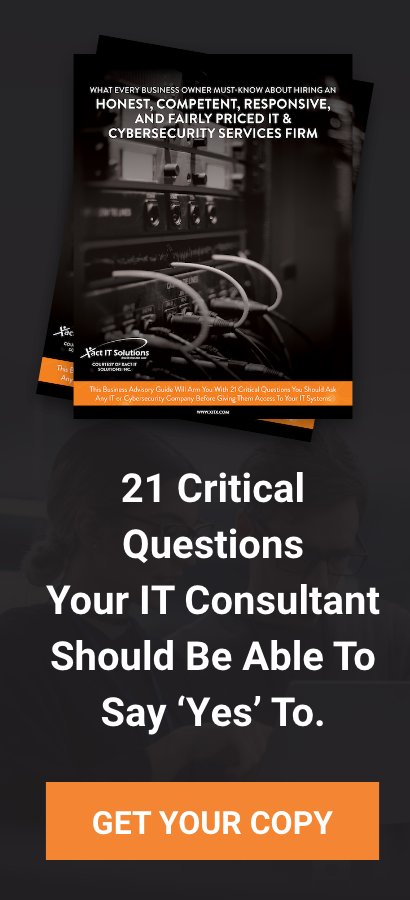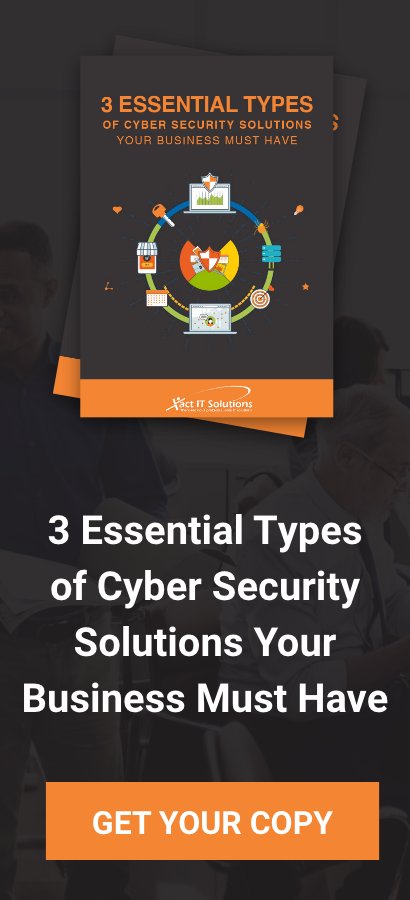VF Corp, the parent company of renowned brands Vans, Timberland, and North Face, recently fell victim to a cyber attack. The company, known for its clothing and apparel sold worldwide, acknowledged the incident in an SEC filing. The cyber attack, which occurred right amid the holiday rush, has significantly impacted VF Corp's ability to deliver products to retailers globally.
How Effectively Managing Risk Bolsters Cyber Defenses
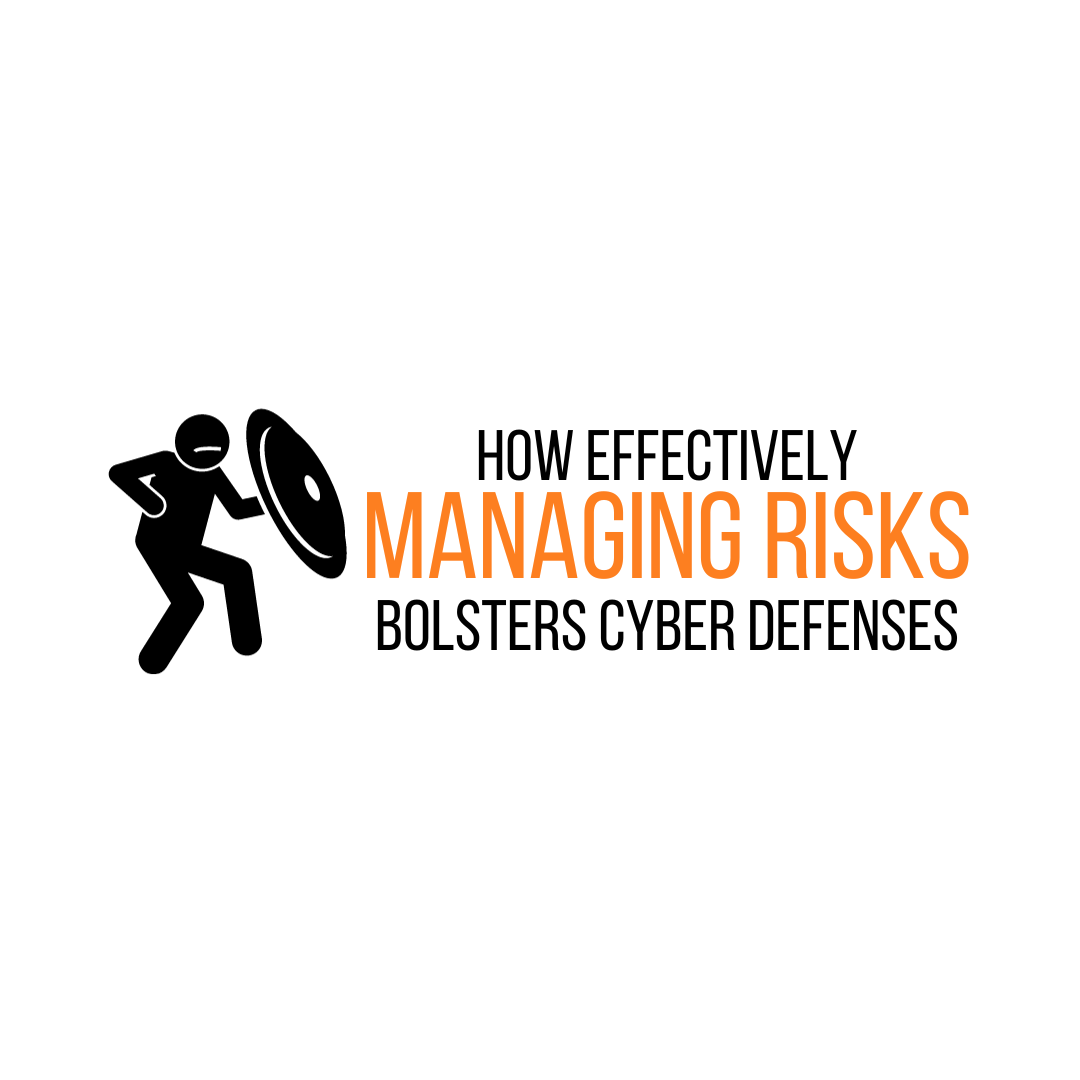
In today’s rapidly evolving digital landscape, where cyber threats and vulnerabilities continually emerge, it’s obvious that eliminating all risks is impossible. Yet, there’s a powerful strategy that can help address your organization’s most critical security gaps, threats, and vulnerabilities — comprehensive cyber risk management.
FTC Safeguard Rule Amendment: What It Means for Your Financial Data
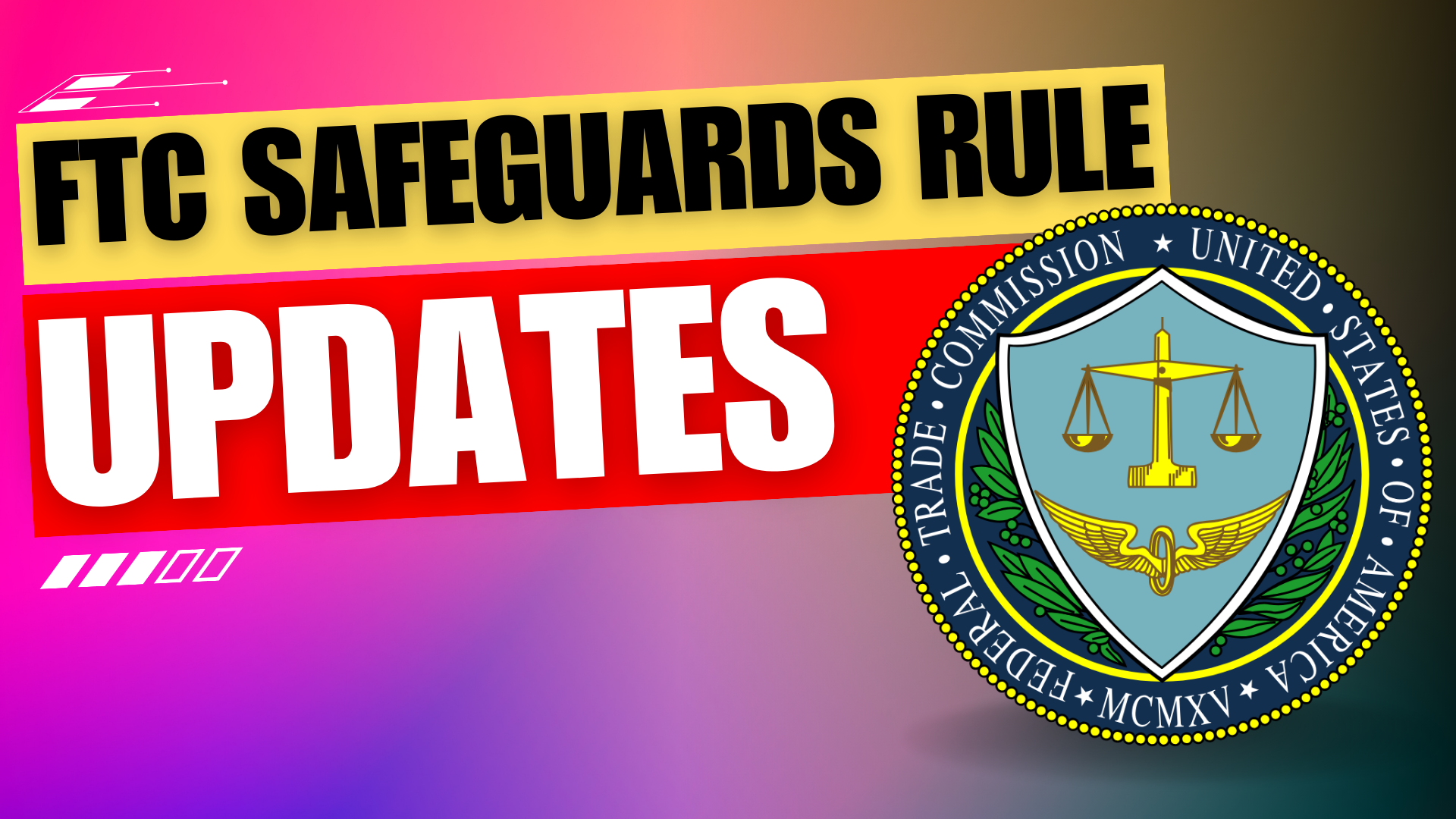
The Federal Trade Commission (FTC) has just introduced a significant amendment to its safeguard rule, which has far-reaching implications for non-banking financial institutions and businesses that handle sensitive financial data. The aim is to enhance the protection of your financial information from potential cyber threats.
The Impact of SEC Cybersecurity Rules on Businesses: Lessons from the Clorox Hack

In this blog, we're diving into the world of cybersecurity regulations and their profound effects on businesses in the United States. While we've previously covered this topic in a video back in July 2023, we're witnessing the real-world consequences of these SEC cybersecurity rules even before they officially go into effect in December.
Unlocking Compliance: Safeguarding Your Business with a Solid BIA Plan

We get it – keeping your ship sailing smoothly through the digital seas while staying on the right side of the law can feel like juggling flaming swords. But fear not! We've got your back with a game-changing strategy that speaks the language of simplicity and success – Business Impact Analysis (BIA) for Compliance.
The Changing Landscape of Cybersecurity: Navigating New State Laws and Regulations
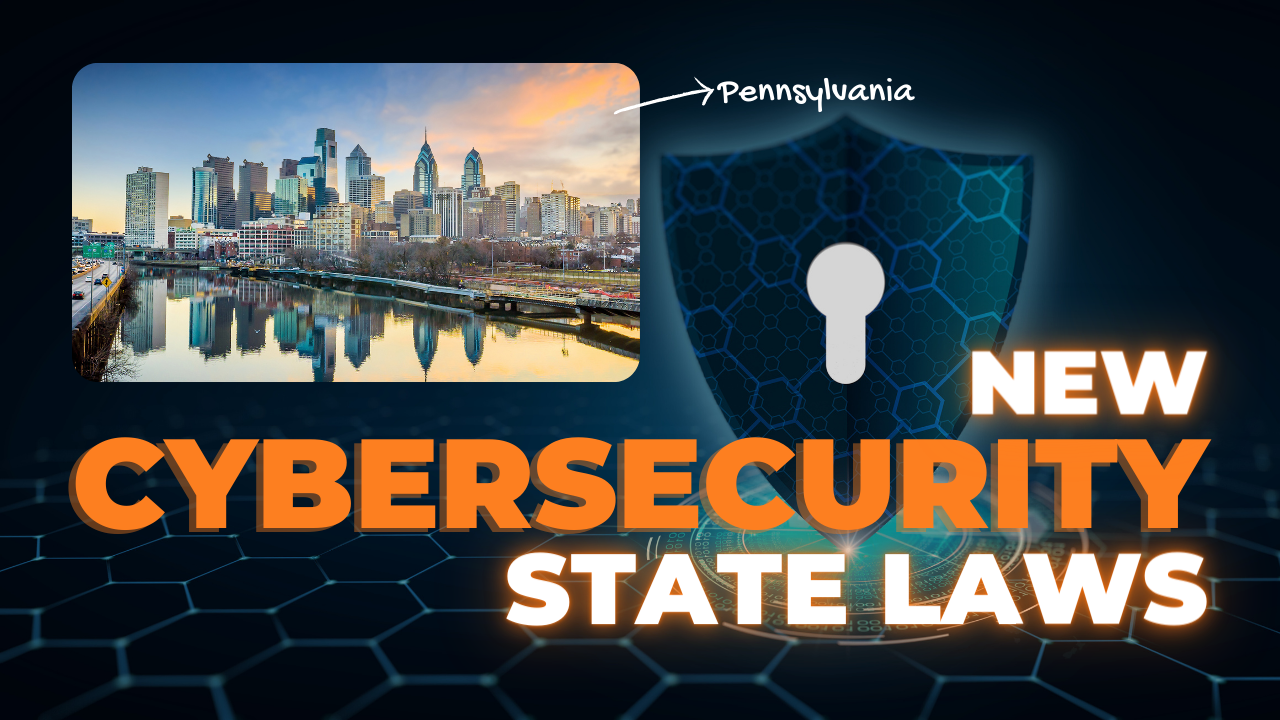
In this post, we're going to delve into a topic that has been creating ripples in the cybersecurity industry, government bodies, and various industries: new state laws concerning cybersecurity.
The landscape is evolving, and businesses of all sizes, as well as individuals, will need to adapt and adopt more stringent cybersecurity measures.
Achieve DFARS Compliance
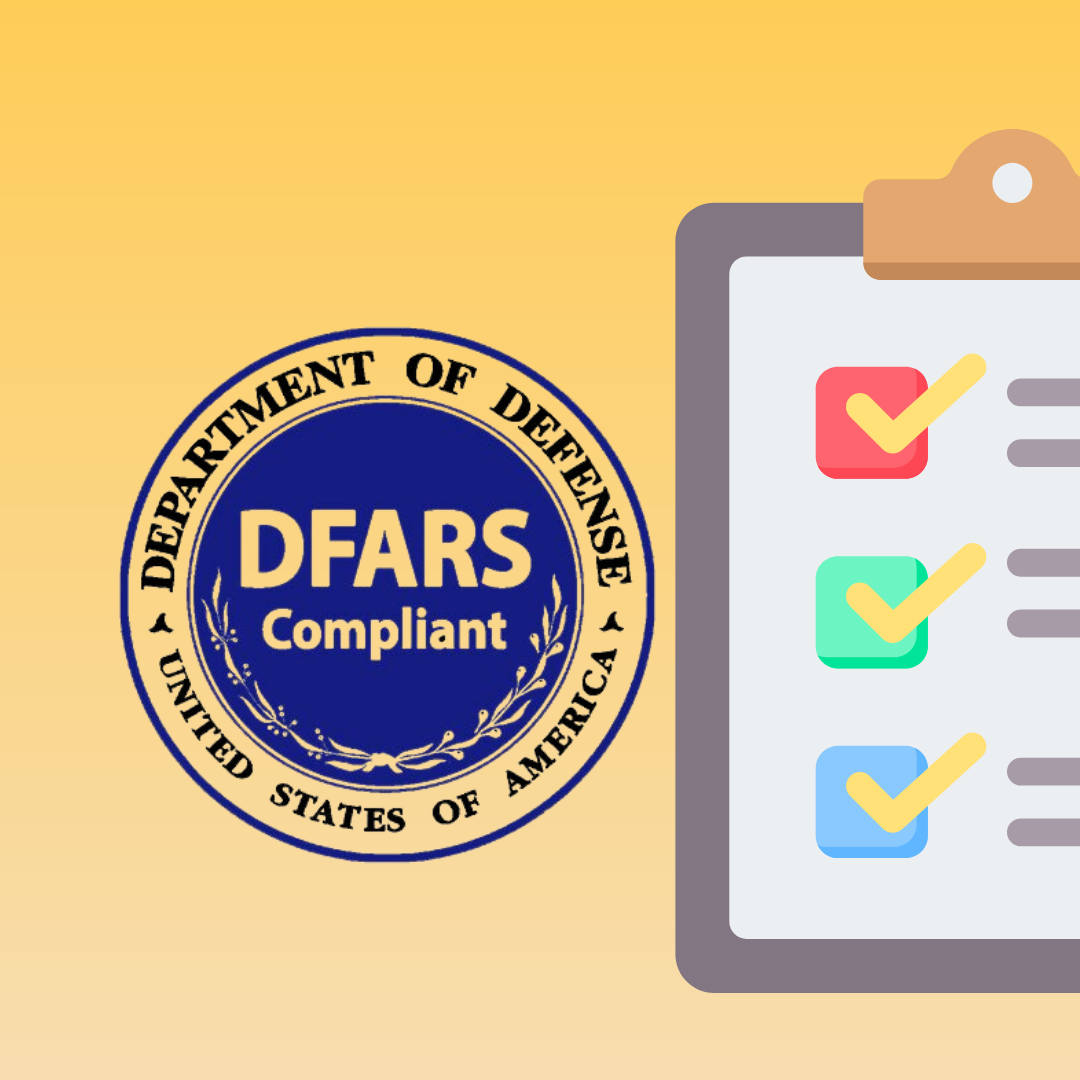
Safeguarding Controlled Unclassified Information (CUI) has recently become a top priority for the Department of Defense. To establish a standardized approach, the White House issued Executive Order (EO) 13556 in November 2010, aiming to effectively manage the safeguarding and dissemination of sensitive information across government agencies.
Interim DFARS Rule: What It Means for You
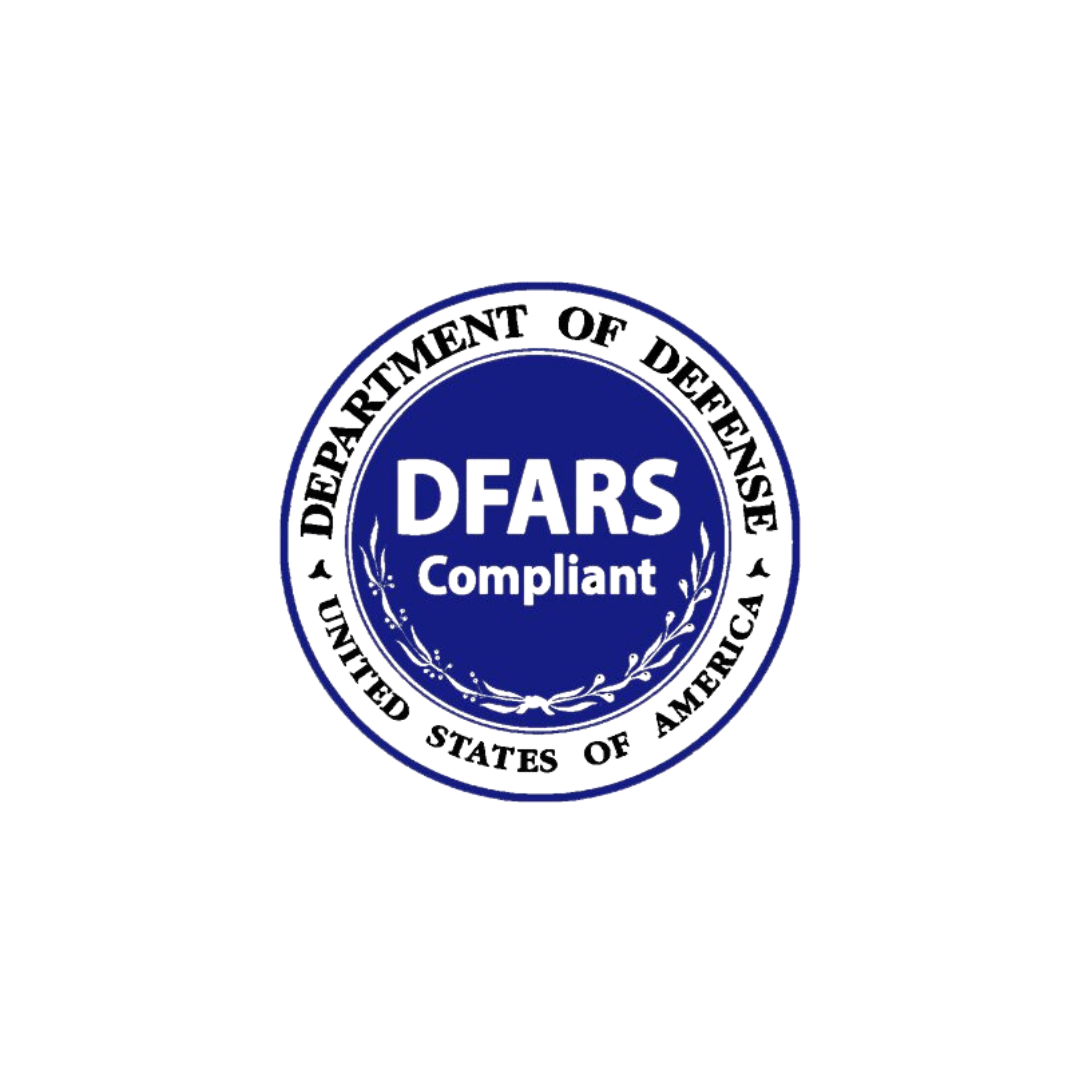
The Defense Federal Acquisition Regulation Supplement (DFARS) incorporated the Cybersecurity Maturity Model Certification (CMMC) in January 2020, which was updated to CMMC 2.0 in November 2021. This decision impacted over 300,000 members of the defense industrial base (DIB), and many were overwhelmed by the noise surrounding CMMC and its implications for current and future government contracts.


